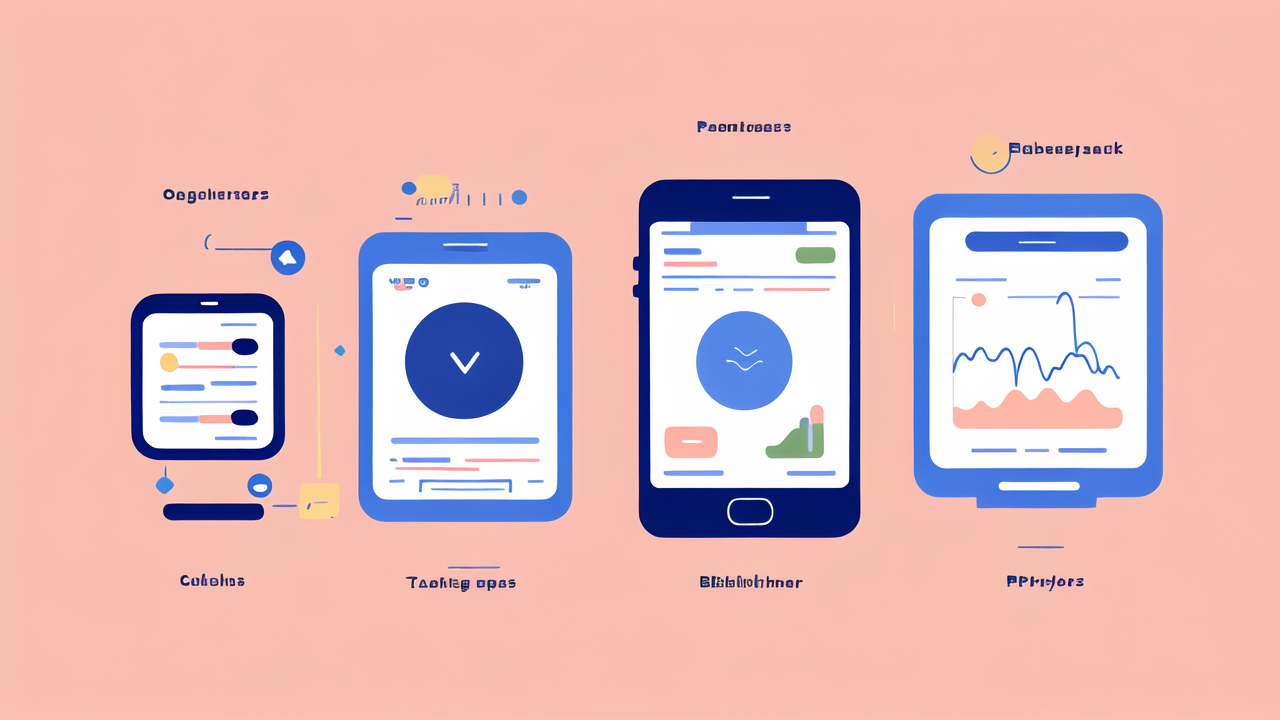The Current State of the Smart Watch Market in the United States
Understanding the Adoption Rate of Smart Watches
Smart watches have gained immense popularity in recent years. The adoption rate has been steadily increasing. More people are embracing these wearable devices for various reasons. Convenience is a major factor driving this trend. Smart watches offer easy access to notifications and health tracking features.

The adoption rate varies across different age groups. Younger generations tend to be early adopters. However, older adults are catching up. They see value in health monitoring capabilities. The COVID-19 pandemic has also boosted interest in wearable health tech.
Price points have become more accessible. This has led to wider adoption across income levels. As features improve, more consumers see smart watches as essential gadgets.
Key Players in the Smart Watch Industry
Several companies dominate the smart watch market. Apple leads with its Apple Watch series. They have set the standard for features and design. Samsung follows closely with its Galaxy Watch line. These offer compatibility with both Android and iOS devices.
Fitbit, now owned by Google, focuses on fitness-oriented watches. Garmin is popular among serious athletes and outdoor enthusiasts. Fossil brings traditional watch design to smart technology.
Each brand has its strengths. Apple excels in user interface and app ecosystem. Samsung offers long battery life and versatile designs. Fitbit is known for detailed health tracking. Garmin provides robust GPS and sports features.
Consumer Expectations for Smart Watch Features
Consumers have high expectations for smart watch features. Basic functions like notifications and step counting are now standard. Users want more advanced health monitoring capabilities. Heart rate tracking, sleep analysis, and stress measurements are in demand.
Battery life is a crucial factor. Many consumers expect their watch to last several days on a single charge. Water resistance is also important for everyday wear. Compatibility with smartphones is a key consideration.
People look for customization options. This includes watch faces and band choices. Voice assistants like Siri or Google Assistant are becoming common features.
Integrating Body Measurement Technologies into Smart Watches
Innovations in Smart Watch Sensors
Smart watch sensors are becoming more sophisticated. New technologies allow for more accurate body measurements. Optical sensors can now measure blood oxygen levels. This was previously only possible with medical devices.

ECG (electrocardiogram) sensors are being integrated into watches. These can detect irregular heart rhythms. Some watches now include temperature sensors. These help track overall health and potential illness.
Bioimpedance sensors are an exciting development. They can measure body composition, including muscle mass and body fat percentage. Continuous glucose monitoring is another area of innovation. This could be life-changing for people with diabetes.
Health and Wellness Trends in Wearable Devices
Wearable devices are increasingly focused on holistic health. Mental health tracking is a growing trend. Watches can now monitor stress levels and suggest relaxation techniques. Sleep tracking has become more detailed, offering insights into sleep quality.
Fitness tracking goes beyond step counting. Watches can now recognize specific exercises automatically. They offer personalized workout suggestions based on user data. Some devices track recovery metrics, helping prevent overtraining.
Menstrual cycle tracking is another important feature for many users. It helps women understand their bodies better. Nutrition logging is often integrated with fitness data for a complete health picture.
Regulatory Impact on Body Measurement Accuracy
As smart watches offer more health features, regulation becomes crucial. The FDA has started to review and approve certain watch features. This includes ECG functions and irregular heart rhythm notifications.
Accuracy is a key concern for regulatory bodies. They want to ensure that users can rely on the data. Manufacturers must prove their devices meet certain standards. This often involves clinical trials and extensive testing.
Privacy regulations also play a role. HIPAA compliance is necessary for devices handling health data. The EU's GDPR impacts how companies can collect and use personal health information.
The Future of Wearable Technology in Health and Fitness
Advancements in AI and Machine Learning for Wearables
AI and machine learning are set to revolutionize wearable tech. These technologies can analyze vast amounts of user data. This leads to more personalized health insights and recommendations.

Predictive health analytics is an exciting possibility. Watches might soon predict potential health issues before symptoms appear. AI could help create more accurate fitness plans based on individual progress.
Natural language processing could improve voice assistant capabilities. This would make interacting with smart watches even more intuitive. Machine learning models could enhance the accuracy of activity recognition.
The Role of Smart Watches in Preventive Healthcare
Smart watches are becoming valuable tools in preventive healthcare. They can track long-term health trends, alerting users to potential issues. This continuous monitoring could help detect early signs of conditions like heart disease or diabetes.
Telemedicine integration is a growing trend. Watches could share real-time health data with doctors during virtual consultations. This could lead to more accurate diagnoses and personalized treatment plans.
Some insurance companies are starting to offer incentives for using smart watches. They see the potential for reducing healthcare costs through prevention. Workplace wellness programs are also incorporating wearable tech.
Privacy Concerns and Ethical Considerations in Wearable Tech
As smart watches collect more health data, privacy concerns grow. Users worry about who has access to their personal information. Companies must be transparent about data usage and storage practices.
There are ethical considerations in how health data is used. Should employers or insurance companies have access to this information? There's a fine line between helpful insights and invasive monitoring.
Data security is paramount. Wearable devices must have strong encryption and protection against hacks. Users should have control over what data they share and with whom. Balancing innovation with privacy rights will be an ongoing challenge in wearable tech.




Leave a comment
This site is protected by hCaptcha and the hCaptcha Privacy Policy and Terms of Service apply.